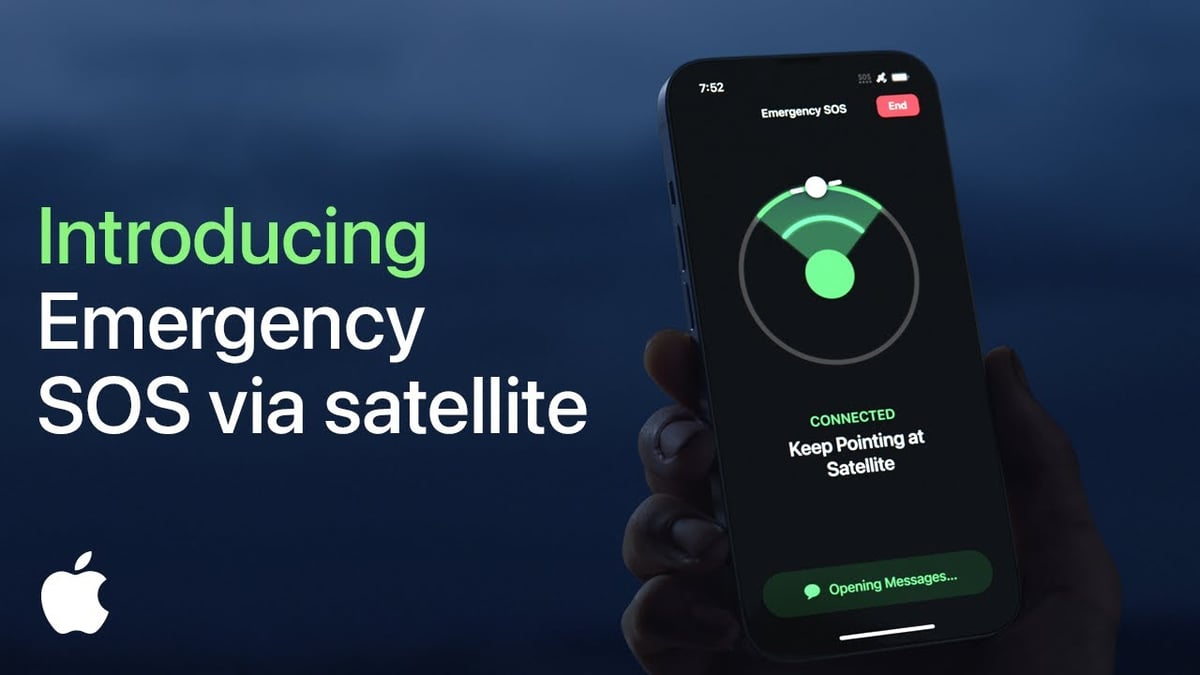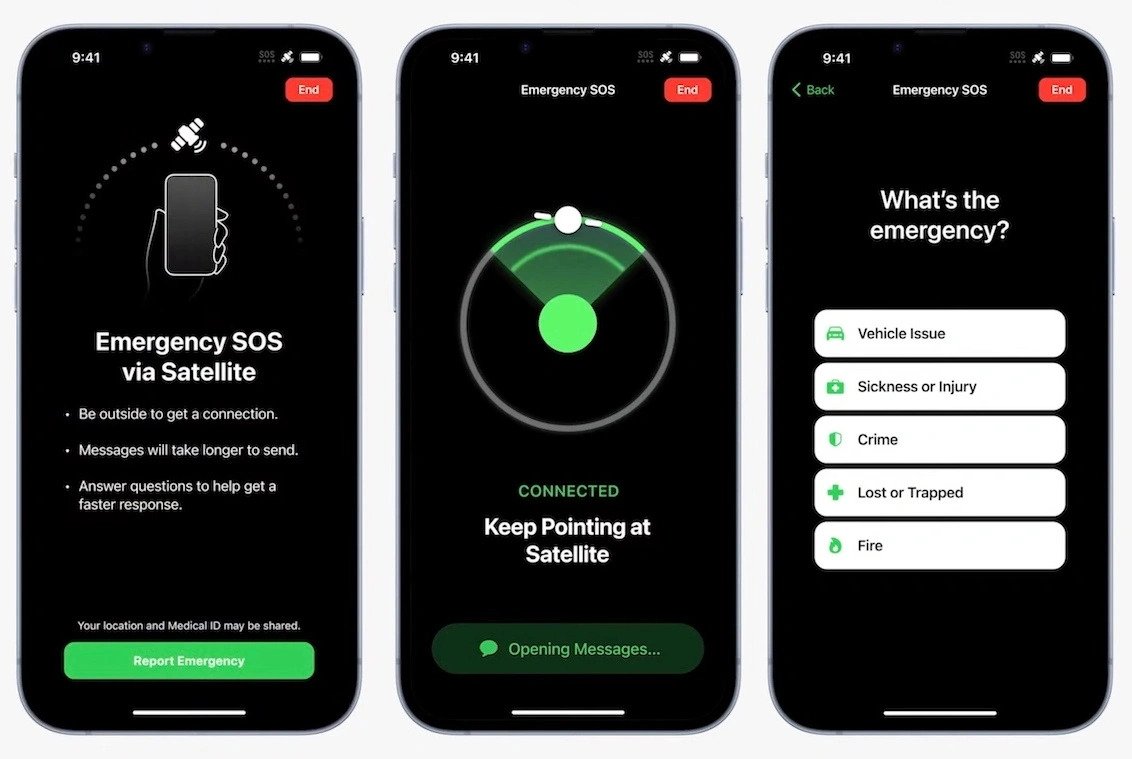One of the Apple iPhone 14’s most intriguing and potentially life-saving features is finally available in Australia.
When the iPhone 14 was originally launched last year, the Emergency SOS via satellite feature started trials in the US market first. Well, it looks like success has given Apple the confidence to finally roll the software update globally, giving Aussies (and Kiwis) the chance to use this new technology, which basically turns your phone into a pocket-sized EPIRB.
Basically, the technology allows users to interact with emergency services even if they have no service coverage, meaning no cellular or WiFi. This is especially useful for travellers who’d want to reassure friends and family of their whereabouts if they are off the grid, given you can now just open the Find My app and share your location via satellite.
RELATED: Everything You Need To Know About The iPhone 15
Every single model of the iPhone 14 lineup – iPhone 14, iPhone 14 Plus, iPhone 14 Pro and iPhone 14 Pro Max – in Australia and New Zealand now has access to the feature. Of course, it’s not something most users would need to use frequently but it’s a very strong step towards making the iPhone even more practical for all kinds of situations.
The service works by connecting users to relay centres that are staffed with Apple-trained emergency responders who can contact emergency service call centres on the user’s behalf. Using Emergency SOS via Satellite is free for two years starting from when you’ve activated your iPhone 14.

RELATED: iPhone 14 Pro Review – Is It Worth The Upgrade?
How Apple’s Emergency SOS Via Satellite Works
Some of you might be interested in how it all works in the first place.
The iPhone can already call emergency services on your behalf if you’re unresponsive and in need of help. You can also simply activate Emergency SOS just by pressing and holding the side button with one of the volume buttons.
However, emergency SOS via satellite is slightly different. A simple interface appears on the iPhone when SOS is activated, presenting a short questionnaire. The short round of questions simply helps Apple understand the situation and location before transmitting the message to dispatchers with the user simply asked to point their iPhone to the sky to send the initial message.
The message includes the user’s questionnaire responses, location – including altitude – as well as battery life and Medical ID. Apple uses a special text compression algorithm to reduce the average size of messages by 3x, upping the speed of the message and ensuring the user is connected to emergency services as quickly as possible.
Apple’s claim is that it only takes as little as 15 seconds to send and receive messages using Emergency SOS via satellite, in clear conditions.
















